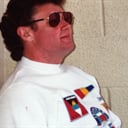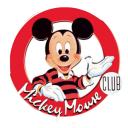According to subatomic particle research, how many flavors and colors do quarks have?
Six basic types of quark “flavors” have been identified. They are up, down, charm, strange, top, and bottom. The three ways they interact with other particles are “colors”: blue, green, and red.
Quarks are the building blocks of protons and neutrons, the two kinds of particles found in the nuclei of atoms. In the 1950’s, physicists found too many “fundamental” particles and dug deeper into the issue.
In 1964, Murray Gell-Mann, and George Zweig each proposed a model of these new “fundamental” subatomic particles. Gell-Mann named them quarks after a passage in James Joyce’s “Finnegans Wake”.
Quarks are classified into up and down types. Each type is of the first, second, or third “generation.” Up quarks have the “flavors” up, charm, and top, in the first, second, and third generations, respectively. Down quark flavors, by generation, are down, strange, and bottom.
Further research showed that quarks interact with “gluon” particles, which carry the force quarks need to form larger particles, like protons. Although no electrical charge is involved in this process, something is. This property is called “color.” The colors detected so far are arbitrarily called blue, green, and red.
The first quark observed was the strange, in 1968. The last confirmed by experimentation was the top, in 1995. Over the years, experimental physics has revealed a large body of support for the quantum chromodynamics theory looking into the interaction between quarks and gluons.
More Info:
en.wikipedia.org












